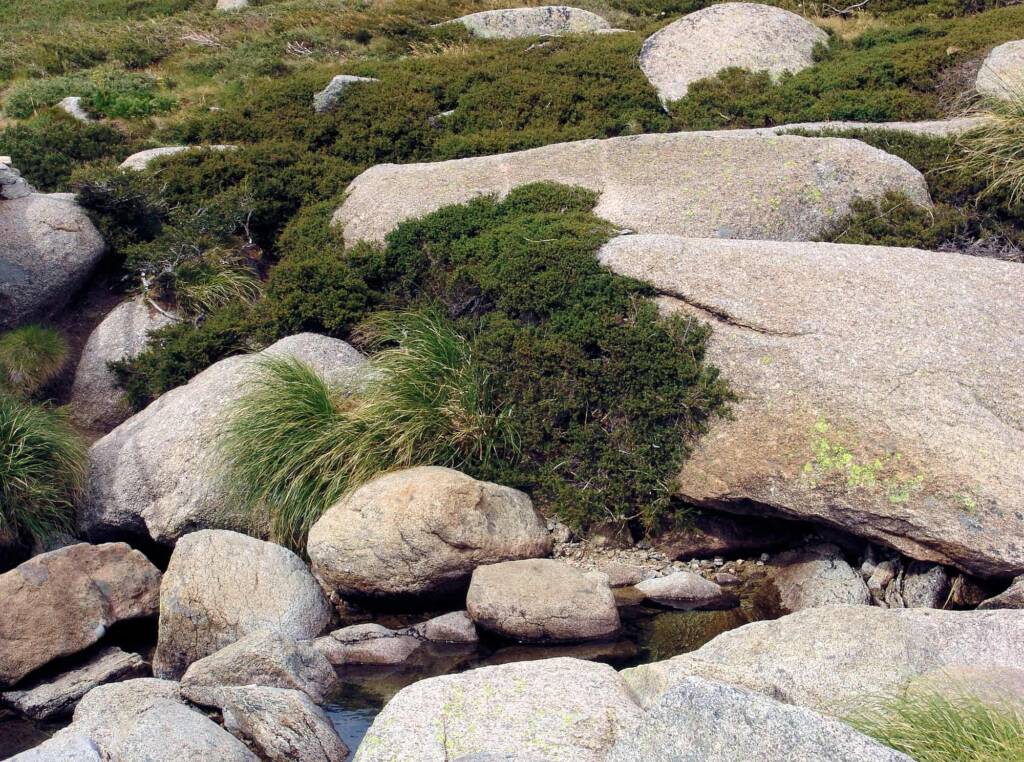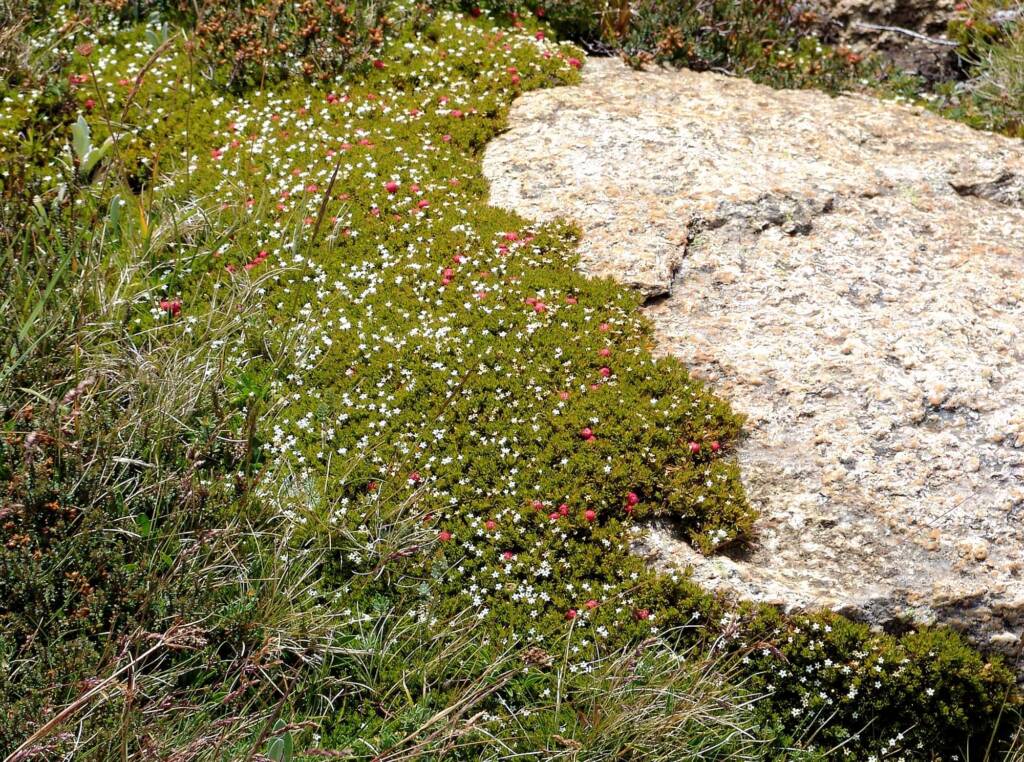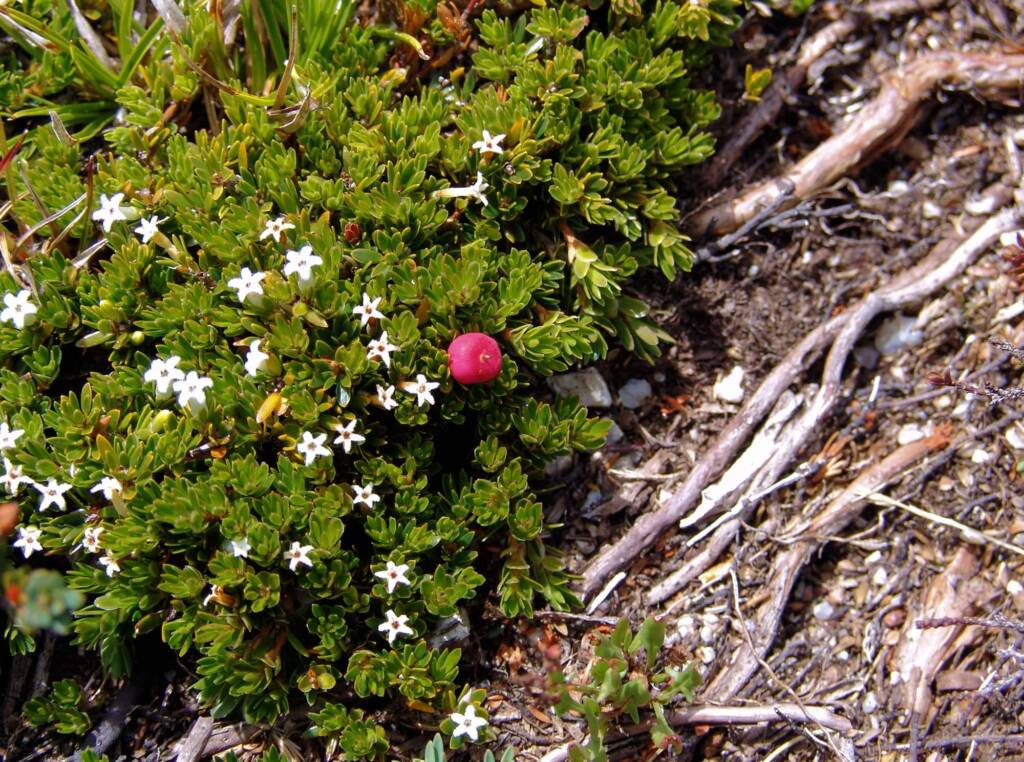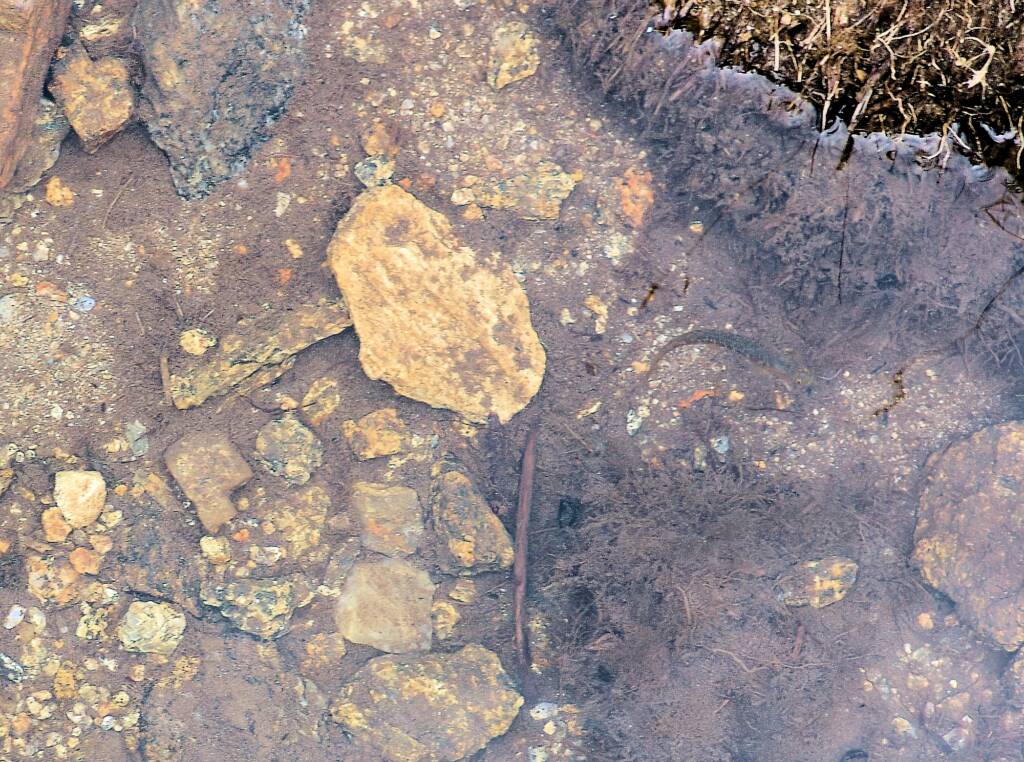Kosciuszko National Park covers offers some spectacular areas that is popular throughout the year. Whilst everyone knows about the winter skiing season, many tourist and visitors come for the warmer weather conditions, that provides the opportunity to see flowering gum trees, wildflowers, waterfalls and limestone gorges.

Kosciuszko NP- Northern Region – Attractions
- Adaminaby and Tumut
The route between Adaminaby and Tumut is one of the most scenic and diverse drives in the Snowy Mountains. From Adaminaby, the road climbs through mountain woodlands to the treeless, open plain of Kiandra and Long Plain and then drops into the picturesque valleys of Talbingo and Tumut.
- Coolamine Homestead
A fascinating relic of of the old high country heritage.
- Tantangara Reservoir
Located on the Murrumbidgee River in the northern region of Kosciuszko National Park. Can be reached by a 17 km road. The concrete dam is 44 metres high and has a gross capacity of 254 million cubic metres of water.
- Currango Homestead
From the Snowy Mountains Highway take either the Long Plain Road and the Port Phillip Fire Trail or the Tantangara Road. Both roads are unsealed. The homestead and surrounding cottages offer sight-seeing opportunities, as well as accommodation.
- Kiandra
Located at the intersection of the Snowy Mountains Highway and the Cabramurra Road (about 37 km from Adaminaby). This was once a thriving gold mining town boasting a population of some 15,000. Today it is now a depot for the RTA. There is a informative 2 km heritage walk that takes you to the old Kiandra cemetery.
- Yarrangobilly Caves
Snowy Mountains Hwy (just past Kianda). There are caves, thermal pool and tent campsites.
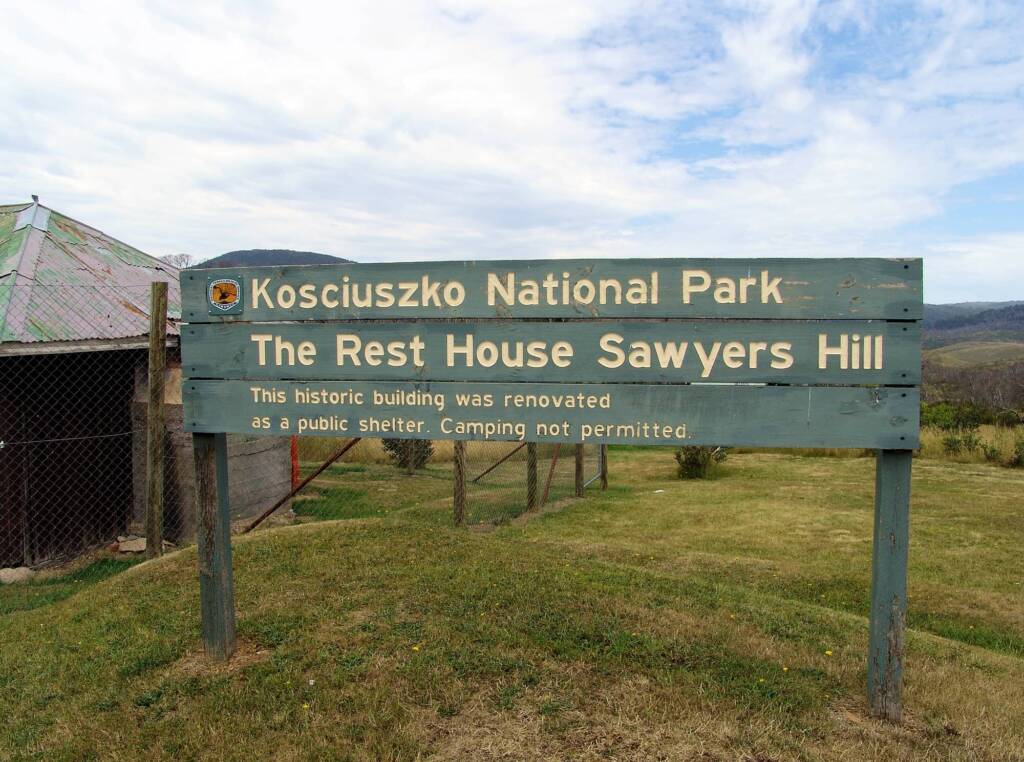

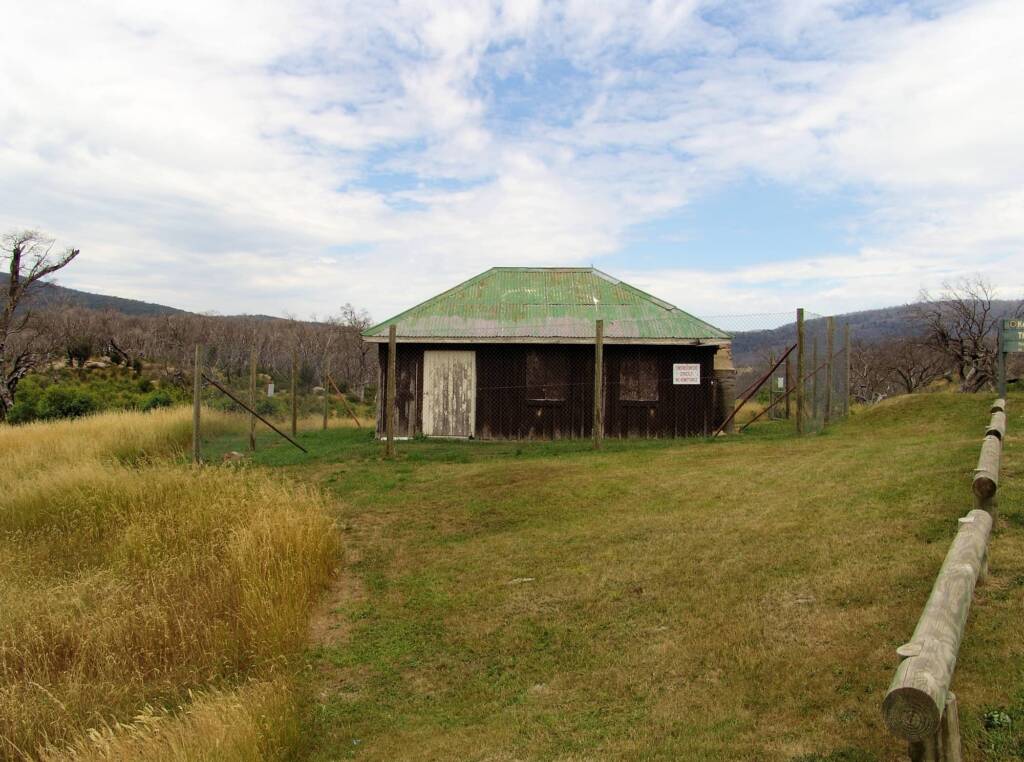
Kosciuszko NP – Southern Region – Attractions
- Kosciuszko Summit Walks
Fitness level required: moderate • 13 km return – 4 to 5 hours
There are 25 species of plants living around Mount Kosciuszko that are found there in their natural environment and nowhere else in the world.
Mount Kosciuszko is Australia’s highest peak (2,228 m) above sea level and climbing it is a must for visitors. At the top you can enjoy a 360 degree panoramic views.
You can start from Thredbo or start with a 1.8 km ski lift ride, that rises 560m. You can also climb it via guided tours.

- Kosciuszko Lookout Walks
Fitness level required: low • 4 km return – 1 to 2 hours
You can also climb just to the Kosciuszko Lookout. From here there are views of Australia’s highest peaks and the alpine landscape.
- Lake Cootapatamba Lookout
Can be seen from the summit walk, this waterhole was named Kau-oola-patamba, the place where the eagle drank, from an Aboriginal storyline from the north. Today you are more likely to see ravens and pipits here at the highest of the park’s five small glacial lakes.
Lake Cootapatamba was naturally dammed behind moraines, piles of rocks left by glaciers. No fish live in the lake, however some crustaceans make the shallow, chilly waters their home.
Sometimes you can see bands of light and dark water. This is sediment gradually filling in the lake. Since the arrival of Europeans there has been a high rate of erosion. Despite this, the Kosciuszko alpine bogs, ferns and lakes tat make up the only alpine wetlands within New South Wales, are generally in a healthy condition.
The biggest problem facing the natural lakes is people “having to go” – human waste. Camping is therefore not permitted in the catchment area of glacial lakes.
These lakes are:- the only lakes formed by glacial action on mainland Australia
- the highest lakes in the country
- the freshest water on mainland Australia due to the low salt content
- low in nutrients
- covered with winter ice
Source: Park signage by the NSW National Parks and Wildlife Service
- Bullocks Hut and Trail
Bullocks Hut was built in 1934 as a holiday cottage for Dr. H. Bullock. It is accessible via either the Thredbo Diggings Trail or from the Bullocks Flat car park trail.

